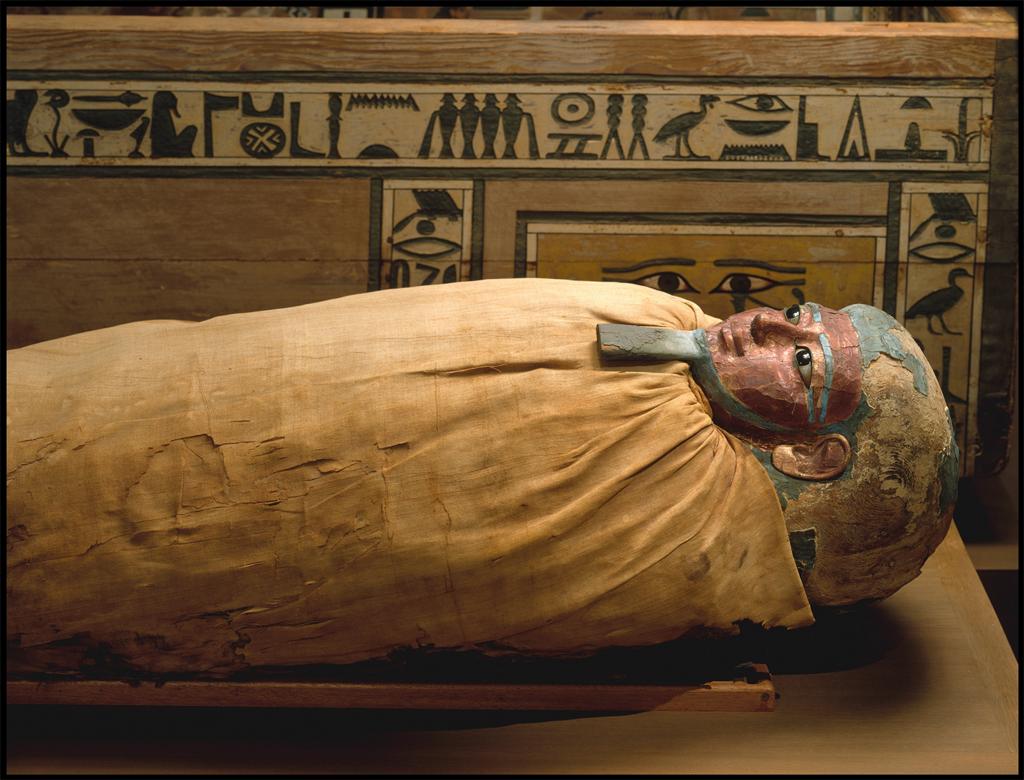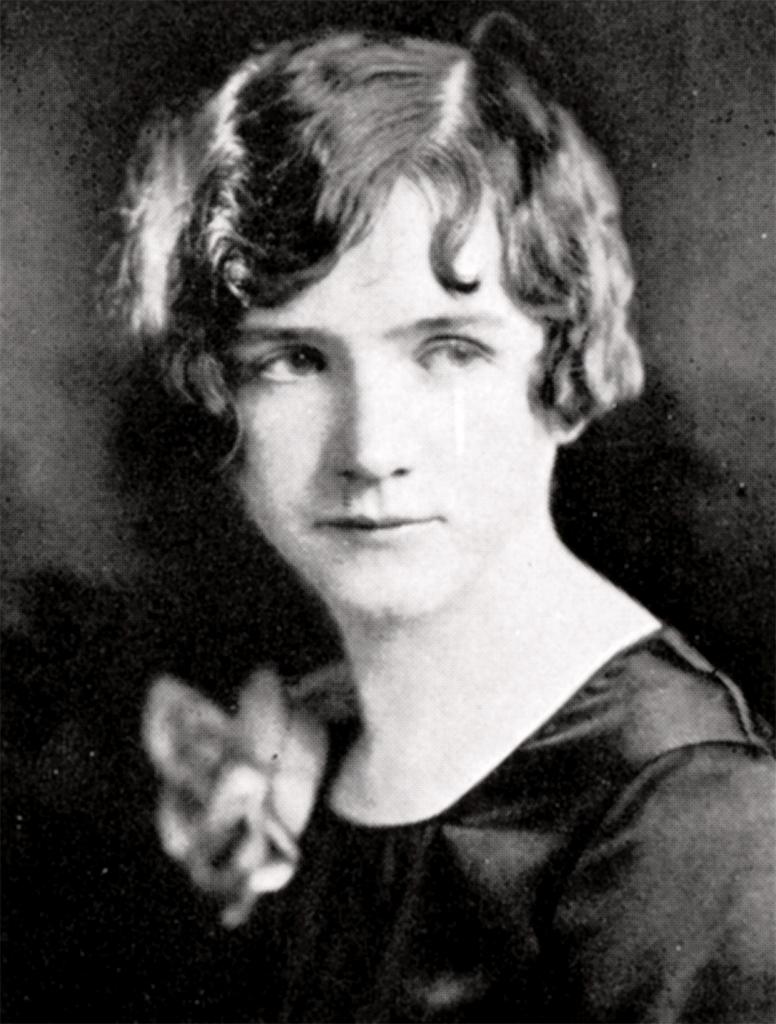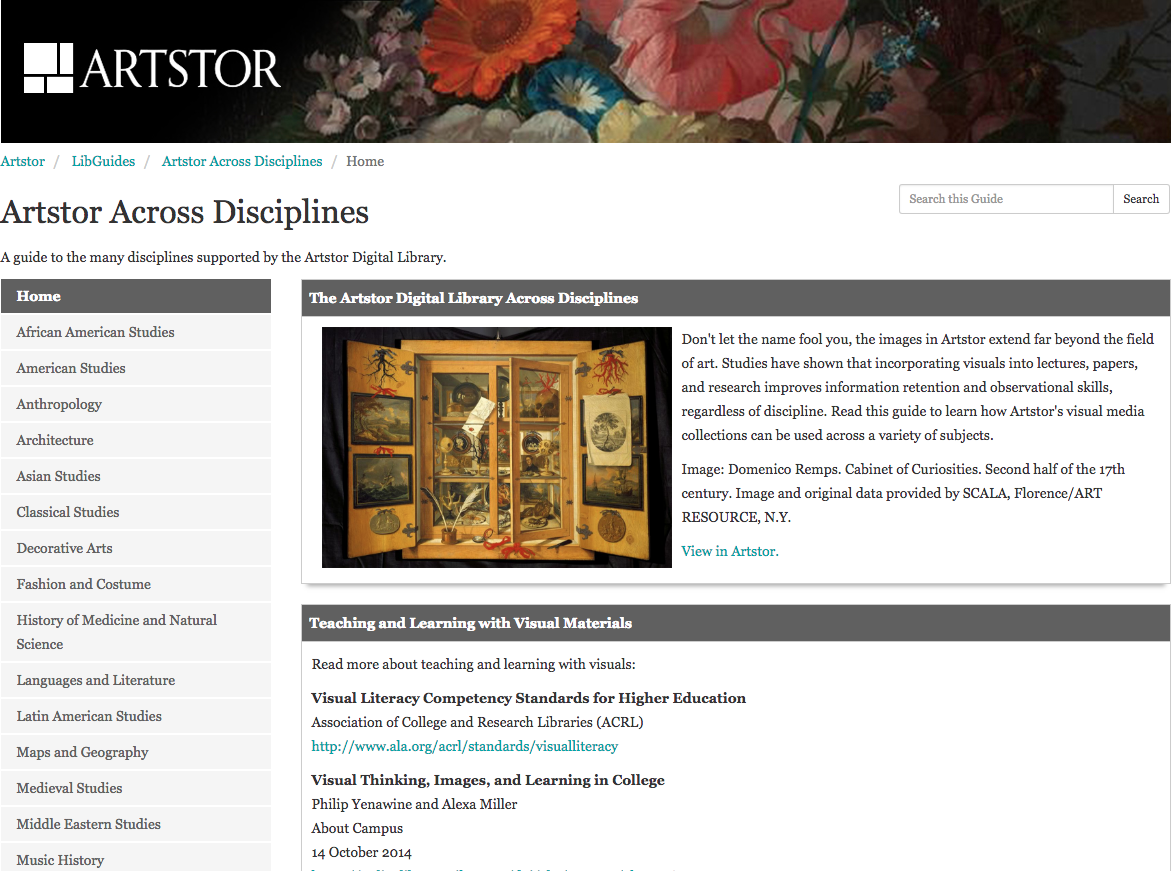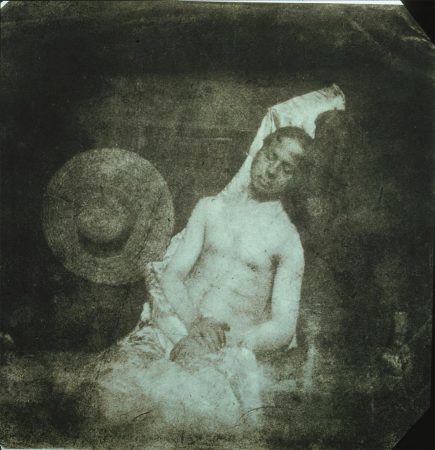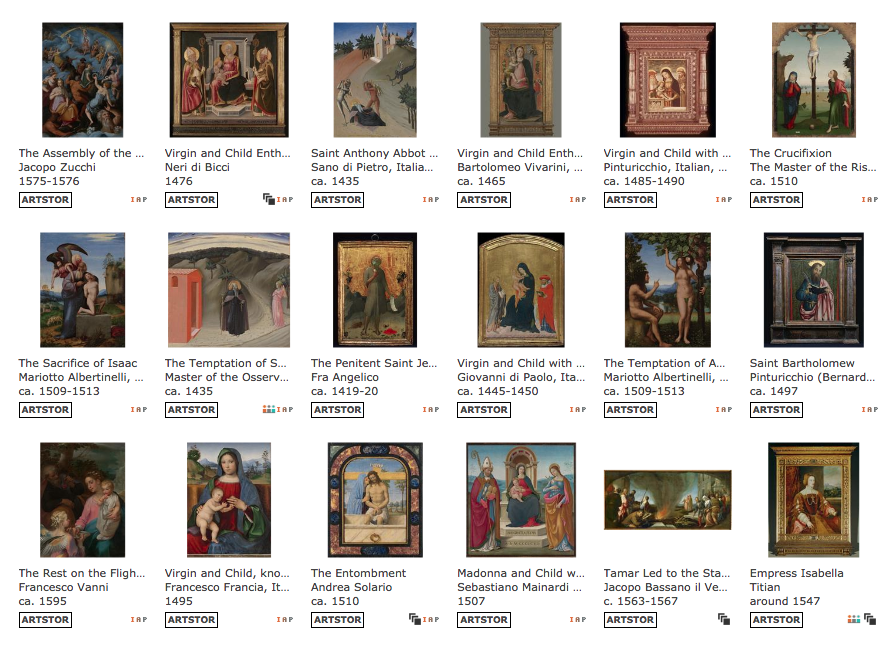…and how to protect yourself from them
While there were a lot of delightful beliefs about animals in the Middle Ages (our favorite: hedgehogs roll on grapes to spear them on their spines so they can take them home to their young), this Halloween season we’re focusing on the creepiest creatures of all: reptiles! Not to worry, we’ll also tell you what to do to stay safe from them.
Our source for this guide is Richard Barber’s translation of the Bodleian Library’s MS Bodley 764, a mid-thirteenth century bestiary, so don’t be too surprised if the descriptions deviate just a tad from contemporary herpetology.
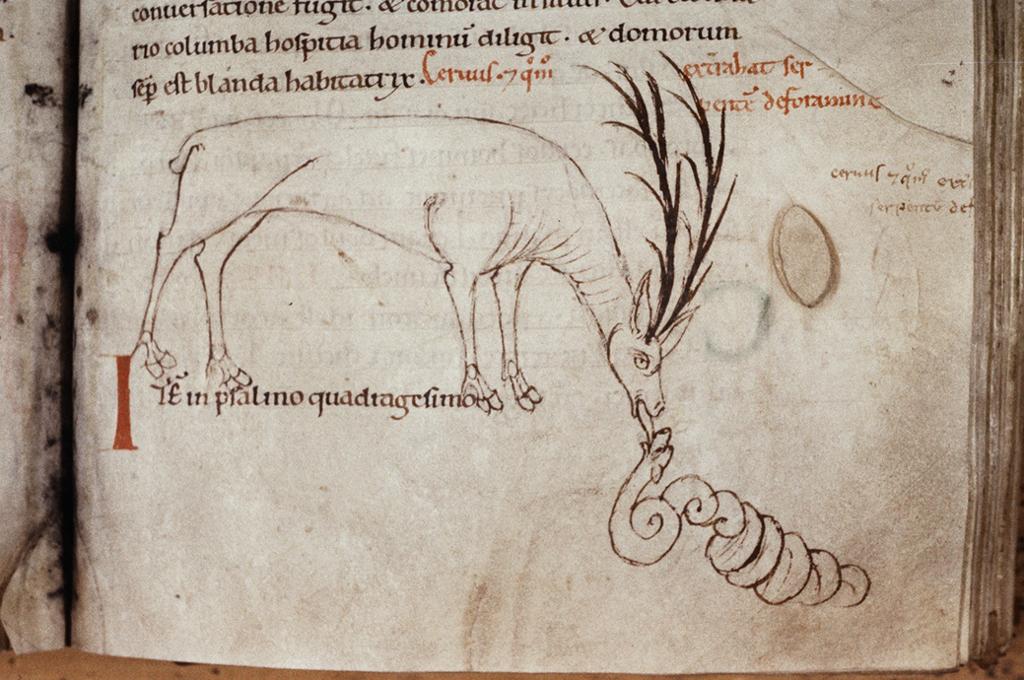
Bestiary. Folio #: fol. 160r, 12th century. Image and original data provided by the Bodleian Library, University of Oxford.
Let’s start with plain old snakes. We bet you didn’t know that snakes are frightened by naked men, but attack clothed ones. Unfortunately our source doesn’t specify how snakes respond to women (the thirteenth century not being the most progressive of centuries), so your best bet is to keep a stag nearby, as they can handily deal with bothersome serpents.
